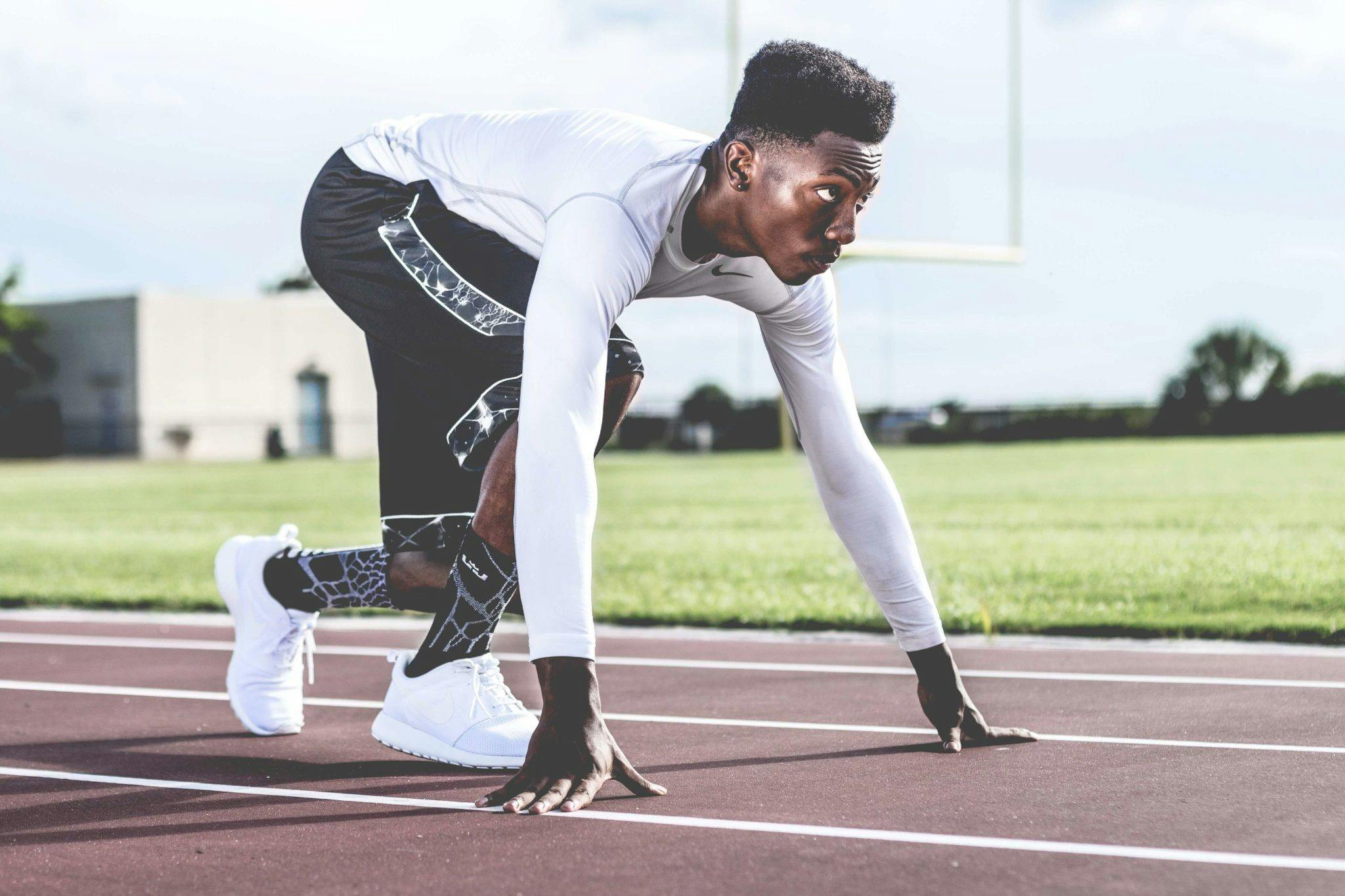How Can Advanced Treadmill Technology Simulate Road Racing Conditions for Indoor Runners?

In this modern era of sports and fitness, the treadmill has evolved from being a simple indoor running machine to a sophisticated device capable of mimicking the nuances of overground running. As running enthusiasts or professional athletes, it’s important to understand how this technology can enhance your training performance and help bridge the gap between indoor and outdoor running. This article delves into the studies and reports from scholars and experts in the field to give you a comprehensive understanding of how advanced treadmill technology simulates road racing conditions, and how this can transform your training routine.
Understanding The Differences Between Treadmill And Overground Running
Before you can fully appreciate the advantages of advanced treadmill technology, it’s essential to comprehend the fundamental differences between treadmill and overground running. The key differences lie in the mechanics of running, the effect on your body, and the overall workout impact.
A lire également : What Are the Best Methods for Tracking Training Load in Elite Field Hockey Athletes?
Various studies have highlighted some of these differences. For instance, the treadmill belt assists runners’ leg movements to a certain extent, resulting in a slightly different muscle activation pattern compared to overground running. Additionally, the absence of natural elements like wind and terrain changes in treadmill running can also affect your running pace and energy consumption. These differences can impact your training effectivity if your goal is to prepare for outdoor races or marathons.
The Role Of Advanced Treadmill Technology
The role of advanced treadmill technology in simulating road racing conditions is paramount. The latest treadmill models are now equipped with features designed to mimic the natural running environment as closely as possible. These features include gradient adjustments, speed and pace variations, and even wind resistance simulations.
Lire également : What Are the Best Methods for Tracking Training Load in Elite Field Hockey Athletes?
Gradient adjustments allow you to simulate uphill and downhill running, providing an effective way to train specific muscle groups that are engaged during uphill and downhill road running. Similarly, speed and pace variations give you the ability to control your running intensity, which is crucial for interval training and endurance development.
Moreover, some high-end treadmills offer wind resistance simulations. These treadmills generate a breeze that varies in intensity based on your running speed, adding an extra layer of realism to your indoor running experience.
Treadmill Training: The Scholar’s Perspective
Many scholars and experts in sports sciences have studied the impact of treadmill training on athletes’ performance. These studies have revealed that training on advanced treadmills can indeed deliver comparable results to overground training.
A 2021 study published in the Journal of Sports Sciences revealed that running economy – the amount of energy expended at a given speed – didn’t show significant differences between treadmill and overground running. This suggests that if you train at the same pace on a treadmill as you would on the road, you can expect to expend a similar amount of energy.
Another study published in the European Journal of Applied Physiology in 2022 found that the biomechanics of running on a treadmill can be adjusted to closely mirror overground running. By using a slight incline on the treadmill, runners could achieve a similar stride pattern to overground running, ensuring a comparable training effect.
Making The Most Of Your Treadmill Training
To maximise the benefits of your treadmill training, it’s essential to utilise the advanced features effectively. Start by adjusting the treadmill gradient to mimic the terrain of your road races. Many racing events provide elevation profiles of the racecourse, which you can replicate on your treadmill. This will ensure that your muscles are well-prepared for the specific demands of the race.
Next, vary your speed and pace during your treadmill workouts. This not only makes your training more enjoyable but also enhances your body’s ability to adjust to different running intensities, which is beneficial for races where pacing is crucial.
Lastly, if your treadmill has a wind resistance feature, don’t hesitate to use it. It can provide a more realistic simulation of outdoor running, enhancing your body’s ability to deal with wind resistance during real road races.
By harnessing the potential of advanced treadmill technology, indoor runners can effectively simulate road racing conditions, optimising their training performance and preparing for the challenges of outdoor races.
The Impact of Treadmill Running on Running Economy
In the realm of sports science, various studies have been conducted to investigate the impact of treadmill running on running economy. Many of these studies are easily accessible on platforms such as Google Scholar or PubMed and offer valuable insight into how treadmill training affects your running speed, stamina, and overall performance.
Running economy is a key metric that measures the amount of energy a runner uses at a given running speed. The lower the energy consumption for a certain pace, the better the running economy. This is crucial for professional athletes and keen runners alike, as a good running economy allows you to run longer distances at a faster pace.
A revealing investigation published in the Journal of Sports Sciences in 2021, accessible via Google Scholar, explored the running economy of treadmill versus overground surfaces. The study concluded that there were no significant differences in running economy, regardless of the running platform. This means that, given the same running speed, the energy usage of runners on treadmills matched those running overground.
In effect, the study supports the view that advanced treadmill technology can successfully mimic real-world running conditions. This is particularly beneficial for runners living in areas with harsh climates or those who prefer the convenience of indoor running. Treadmill running can, therefore, simulate road racing conditions and prepare you adequately for races.
The Comparative Analysis of Treadmill and Overground Running Biomechanics
Another critical aspect of running is the biomechanics, which refers to the movement patterns and techniques used during running. Running biomechanics can significantly impact performance, running economy, and injury risk.
A 2022 study published in the European Journal of Applied Physiology, and available through searchable databases such as PubMed, examined the running biomechanics of treadmill running compared to overground running. The study found that by making slight adjustments to the treadmill incline, runners could achieve a similar stride pattern to overground running.
In other words, the treadmill’s gradient or incline adjustment feature can assist in simulating the biomechanics of overground running, thereby offering a comparable training effect. This is especially significant for those aiming to improve their race pace or training for hilly races, as it allows them to train under similar conditions to the ones they will face during the race.
Conclusion: Bridge the Gap Between Treadmill and Outdoor Running
In summary, advanced treadmill technology offers an effective solution to simulate road racing conditions for indoor runners. By understanding and utilizing the features of modern treadmills, such as gradient adjustments and wind resistance simulations, you can tailor your training to closely mimic the conditions of outdoor running.
Studies sourced from databases like Google Scholar and PubMed strengthen this claim, demonstrating that with the right adjustments, treadmill running can mirror overground running in terms of running economy and biomechanics.
Therefore, treadmill training doesn’t have to be viewed as secondary to outdoor running. Instead, it can serve as a viable and beneficial training option, preparing you for the demands of outdoor races. It allows you to train consistently, regardless of external factors like weather or time constraints. By making your treadmill workout more dynamic and purposeful, you can optimise your running performance and conquer your next race, whether it happens on a track, a trail, or the open road.
